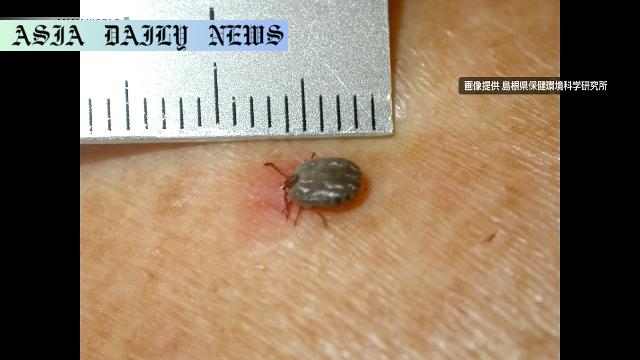SFTS: A tick-borne viral disease is surging, with a record 91 cases reported across 24 prefectures. New risks involving pets are emerging.
Record 91 SFTS cases reported in Japan through June 2023.
Nine deaths linked to SFTS across five prefectures this year.
Pets, such as cats, are emerging as a growing transmission source.
Public advised to use tick repellents and keep pets indoors.

Record Spike in SFTS Cases Across Japan
Japan is grappling with an alarming surge in Severe Fever with Thrombocytopenia Syndrome (SFTS) cases in 2023, breaking previous records for the same period in prior years. SFTS, a tick-borne viral infection, has seen 91 cases across 24 prefectures as of June 29. This marks a concerning increase compared to the 82 cases reported during the same timeframe in 2023. Tragically, at least nine fatalities have been linked to the disease, affecting prefectures like Shizuoka, Aichi, and Kagawa.
SFTS is primarily transmitted through tick bites, but new data underscores emerging risks involving domestic pets, particularly cats and dogs. This broadens the exposure risk for pet owners, veterinarians, and communities at large.
Pets as New Vectors for SFTS Transmission
In a significant revelation, the number of cats infected with SFTS has sharply risen from just eight cases in 2017 to 194 in 2022, signaling a major public health concern. This year’s figures, while lower, remain troubling, with cases continuing to rise in new regions. An incident in Mie Prefecture underlined the risks for veterinarians, as a professional who treated an infected cat succumbed to the disease in May. The rapid geographical spread further complicates control and prevention efforts.
Experts warn about the high viral load in the blood and secretions of infected animals, advising pet owners and professionals to exercise caution. Preventative strategies like using tick repellents for pets and ensuring animals are kept indoors are essential measures recommended by health authorities.
Environmental Factors Contributing to the Surge
The rise in tick populations has been linked to an increase in wild animals such as deer and wild boars. These animals serve as hosts for ticks, amplifying the transmission risk for humans and pets. This ecological shift calls attention to the broader environmental dynamics contributing to public health issues.
Health experts stress the need for holistic measures to address the surge, including public awareness campaigns, tighter monitoring of at-risk areas, and collaboration between veterinary and human medical sectors.
Preventive Measures and Public Awareness
With the rise in SFTS cases and its expanded transmission pathways, urgent public health interventions are required. Health authorities recommend systematic tick control, community education about tick-borne diseases, and enhanced preventative care for pets. Pet owners are urged to prioritize indoor living conditions for cats and dogs while using approved repellents to minimize exposure risks.
This evolving public health threat serves as a reminder of the interconnected nature of humans, animals, and environmental ecosystems. Addressing it requires a multifaceted and collaborative approach to mitigate risks effectively.



Commentary
Understanding the Growing Threat of SFTS
The surge in SFTS cases in Japan marks a critical moment for public health and safety. What makes this outbreak particularly alarming is the broadening modes of transmission. While SFTS was traditionally associated with tick bites, the increasing involvement of pets, specifically cats, adds a new layer of complexity to disease containment efforts. The death of a veterinarian due to exposure from an infected cat is a sobering reminder of the risks involved.
Human, Animal, and Environmental Interactions
At its core, the rise in SFTS cases highlights the intricate interplay between human health, animals, and environmental factors. The spread of ticks, facilitated by an increase in wild animal populations, underscores the need for ecological awareness and sustainable practices. These elements are often overlooked but are integral to understanding and addressing emerging zoonotic diseases.
Urgent Need for Awareness and Action
This situation requires urgent attention from multiple stakeholders. Public health agencies must prioritize education campaigns to inform communities about the risks and prevention techniques associated with SFTS. Simultaneously, pet owners, veterinarians, and wildlife management authorities must collaborate to reduce transmission potential. Actionable measures such as frequent pet inspections, adopting repellents, and maintaining cleaner environments can go a long way in reducing the spread.
A Call for Regional and Global Collaboration
Lastly, as SFTS continues to span wider regions in Japan, the necessity for regional and global collaborations grows. This is a reminder that infectious diseases do not recognize borders, and integrated efforts are paramount for containment and prevention. By addressing this outbreak with science-backed decision-making and collaboration, Japan has the potential to establish an effective blueprint for tackling similar crises in the future.